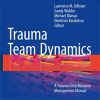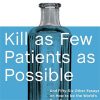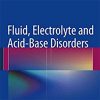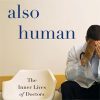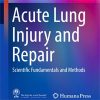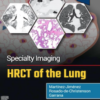Modeling Cardiac Dysfunction Following Traumatic Hemorrhage Injury
frontiersin.orgCardiac dysfunction (CD) importantly contributes to mortality in trauma patients, who survive their initial injuries following successful hemostatic resuscitation.
This poor outcome has been correlated with elevated biomarkers of myocardial injury, but the pathophysiology triggering this CD remains unknown.
We investigated the pathophysiology of acute CD after trauma using a mouse model of trauma hemorrhage shock (THS)-induced CD with echocardiographic guidance of fluid resuscitation, to assess the THS impact on myocardial integrity and function.
Mice were subjected to trauma (soft tissue and bone fracture) and different degrees of hemorrhage severity for 1h, to characterize the acute impact on cardiac function.
In a second study, mice were subjected to trauma and hemorrhage for 1h, then underwent two echocardiographic-guided resuscitations to baseline stroke volume at 60 and 120 min, and were monitored up to 180 min to study the longer impact of THS following resuscitation.
Naïve and sham animals were used as controls. At 60 min post-THS injury, animals showed a lower cardiac output (CO) and stroke volume (SV) and an early rise of heart fatty acid-binding protein (H-FABP = 167 ± 38 ng/ml; 90% increase from shams, 3.54 ± 3.06 ng/ml), when subjected to severe hemorrhage and injury.
Despite resuscitation, these animals maintained lower CO (6 ml/min vs. 23 ml/min), lower SV (10 μl vs. 46 μl; both ~75% decreased), and higher H-FABP (levels (340 ± 115 ng/ml vs. 10.3 ± 0.2 ng/ml; all THS vs. shams, P < 0.001) at 180 min post-THS injury.


